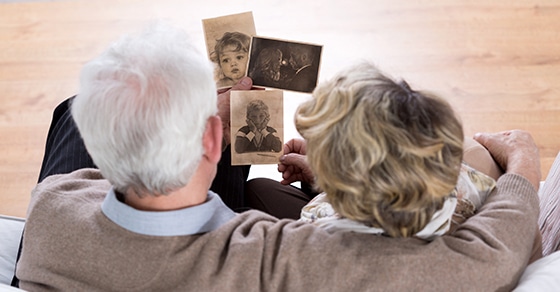It’s natural that your estate planning efforts focus on big-ticket items, such as real estate, business interests, retirement assets and brokerage accounts. But don’t ignore the “small stuff,” like artwork, jewelry, furniture, antiques, clothing and collectibles. These items may not be as insignificant as you think.
What’s it worth?
You may be surprised to find out how valuable your artwork and other personal items really are. Plus, even if an item has little monetary value, it may have strong sentimental value, so failing to provide for its disposition can lead to hurt feelings, arguments among family members or even litigation.
It’s important to monitor the value of your personal property. For estate tax purposes, if an item is worth more than $3,000 — or if a collection of similar items is worth more than $10,000 — a written appraisal by a qualified appraiser must accompany the estate tax return. Gifts or bequests of art valued at $20,000 or more will, upon audit, be referred to the IRS Art Advisory Panel.
And professional appraisals are required for certain charitable deductions. For income tax purposes, for example, noncash charitable gifts worth more than $5,000 must be supported by a qualified appraisal.
What’s the preferred transfer method?
If you plan to leave personal property to your heirs in a will or trust, it’s usually preferable to bequeath specific items to specific people. Transferring personal property through residual gifts — that is, gifts of assets left over after all other gifts and expenses have been paid — or allowing family members to choose the items they’d like to keep can result in disputes and, in some cases, unexpected tax liabilities or other negative tax consequences. Contact us if you need help addressing your smaller valuables in your estate plan.
© 2016
